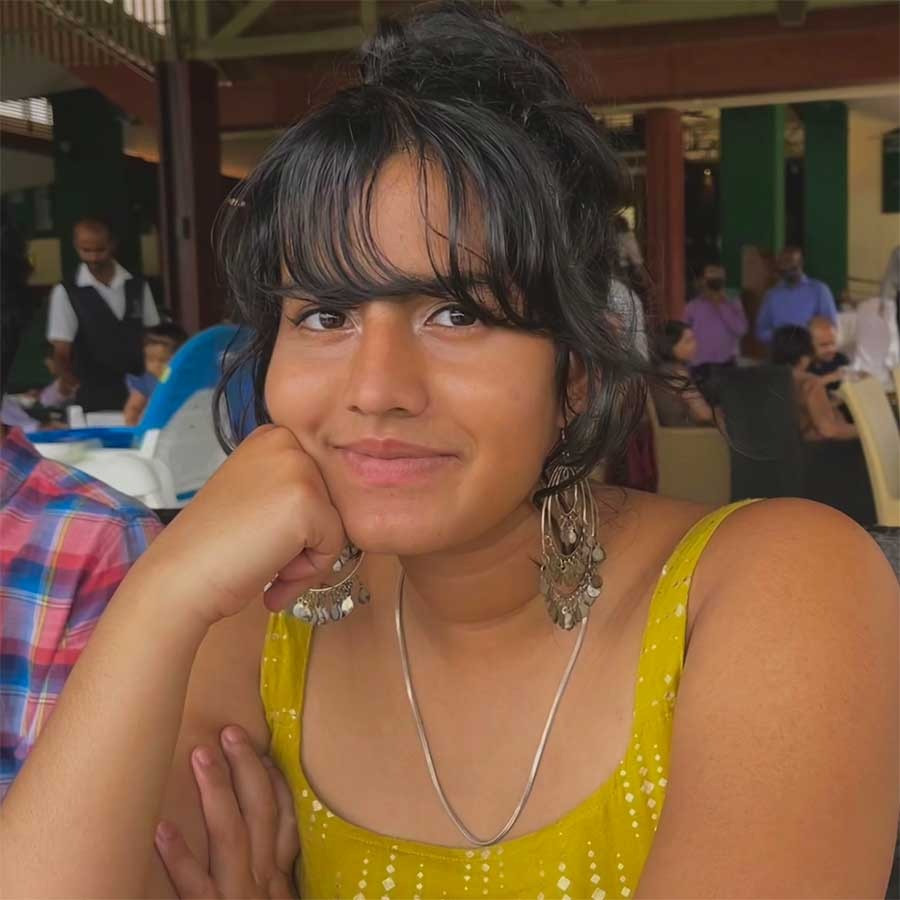This is the second story in a series of articles written by the students of Azim Premji University as part of a field practice and writing workshop for their sustainability minor.
A sudden fast-paced fluttering in my peripheral vision caught my attention, and I whipped my head in the general direction. A large, colourful butterfly perched herself on a conspicuous floret of West Indian Jasmines. Careful to keep one eye on her, I quickly thumbed through the Common Butterflies of the Western Ghats pamphlet in my hand to find a likeness of the patchy yellow and black swallowtail with red etching on its thorax.
However, she was nowhere to be found in my little pamphlet. I turned to my professor and diverted his attention to where the graceful lady was perched, her wings beating as fast as a nervous heart. As soon as he spotted the object of my curiosity, who by then, with a few beats of her large dainty wings, had landed on a hibiscus flower nearby, his eyes widened and a rumbling laugh escaped his gaping mouth. “That’s a Southern Birdwing. Wow!” After this, there was a flurry of cameras as my classmates rushed to capture what had until then been my private source of awe and curiosity.
Butterflies are elusive and easy to miss, especially inside a forest. The mini-rainforest I was currently in was just 20 minutes away from the bustling city centre of Alappuzha, Kerala. It was built from scratch by Venu (name changed to protect anonymity), a naturalist and photographer. Using his knowledge of the natural world, he planted local and native plants and tended to them religiously, and now, after seven years, the fruits of his labour were there for the world to see.
From the very moment that my classmates and I had stepped inside this “farm”, we had been fed a barrage of information by Venu, whose passion for the natural world was apparent with every word he uttered. I was so enthralled by it all that I hadn't noticed my clumsy feet trample over a speckled mud mound. And right when he spoke about the often-sighted Monocled Cobra that lives under a rock nearby, I felt an incredibly painful jolt sear through my exposed toe. The sensation was so strong and jarring. For a moment, I convinced myself I had been bitten by the same cobra Venu had spoken so fondly of. It turned out to be just a strong-jawed carpenter ant, avenging its fellow housemates by doing what it did best, piercing the clumsy giant with its mandibles. I laughed in relief, but my quickly-swelling toe continued to turn an angry red.
Soon, I had forgotten about my pseudo-snake bite and was lost in the many lifeforms that thrived in this small forest. The environment inside the rainforest was a marked difference from the rest of the city; the temperature was much cooler, the air was free of particulate matter, and the musty smell of flora replaced the burning smell of tar and diesel that assaulted your senses otherwise.
Venu also mentioned how during the 2018 floods, when the region had been hit hard, his home inside the forest had remained unaffected. This was very interesting to me. I had always wondered how we could salvage our cities from turning into grey swampy messes every time it rained a little more than usual. Could a rainforest in the middle of a bustling metro be the answer?
While Venu’s mini-rainforest in the midst of Alappuzha town sounds like a utopia, it does come at a cost. Even though he sells a few forest products, building the forest has set him back financially and the income it generates is simply not enough to sustain his family of three.
From a personal perspective, his sacrifices gifted me the opportunity to rekindle my love for the natural world. Would I have ever been able to spot a Southern Birdwing if this rainforest didn't exist? After every new butterfly or bird I saw, I wanted to squeal in excitement! At the same time, I couldn't help my frustration. Why is it so hard for humans to realise that we are a part of this life-giving, effervescent world instead of feeling entitled to it? I search for the answer in every wing flap of a bird, and every colourful flutter of a butterfly, and I hope you do too.
We would like to thank the Ashoka Trust for Ecology and Environment (ATREE) for facilitating the field practice and Krishna Anujan for conducting the writing workshop.




